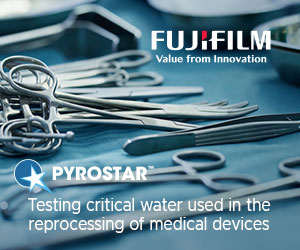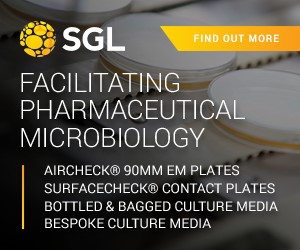Lab M Media Selectively Detects E. coli O26 Strain
| E.coli O26 on Lab M Rhamnose MacConkey Agar. | The recent closure of Feltham Hill Nursery and Infant School in Hounslow, UK, highlighted once again the vulnerability of children to Escherichia coli. Selective media, such as Rhamnose MacConkey (VTEC O26) Agar from microbiology specialist Lab M, can help avoid potentially devastating consequences such as haemorrhagic colitis (HC) and haemolytic uraemic syndrome (HUS). By improving detection and characterisation of those pathogenic strains most often responsible for these outbreaks, the food industry can support more comprehensive health and safety monitoring. |
Rhamnose MacConkey (VTEC O26) Agar is selective for verocytotoxin producing Escherichia coli O26. It is based on traditional MacConkey medium but with rhamnose substituted as the fermentable carbohydrate in place of the usual lactose. Unable to ferment the rhamnose present in the medium, E. coli O26 colonies remain translucent. All non-O26 VTEC colonies will be pink to red. Selectivity of the medium can be increased further by adding X161 Cefixime Tellurite (CT) supplement. Using Lab M's highly selective Rhamnose MacConkey (VTEC O26) agar, detection and identification is now straightforward, enabling both effective monitoring within food industry environments and further understanding of the consequences of its presence in clinical and veterinary settings. Visit www.labm.com. |
NOTE: This item is from our 'historic' database and may contain information which is not up to date.
Source : Lab M View Company Information
Posted on February 25, 2010






